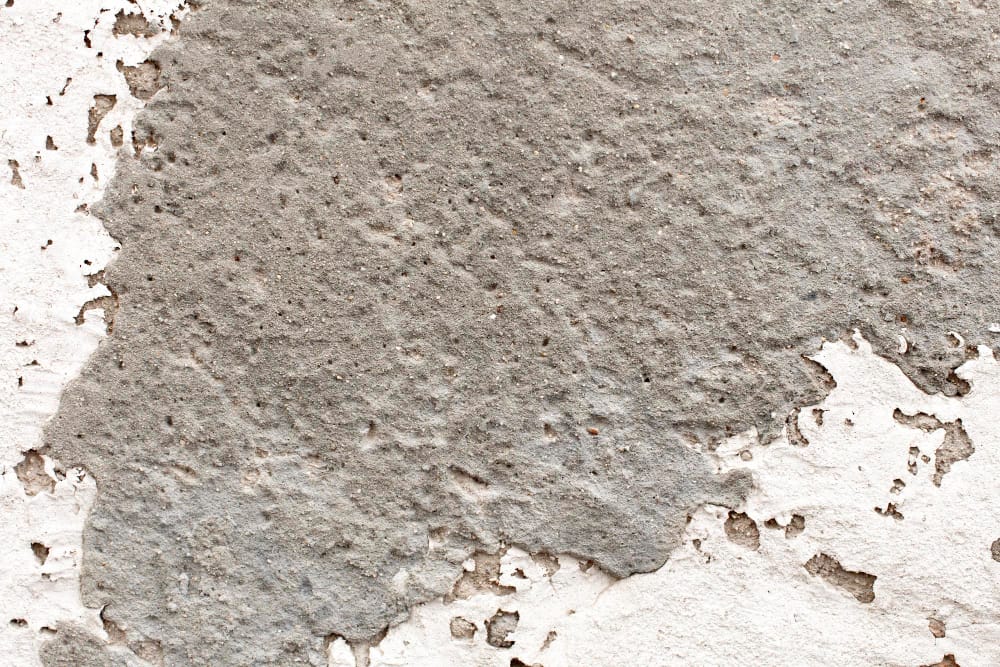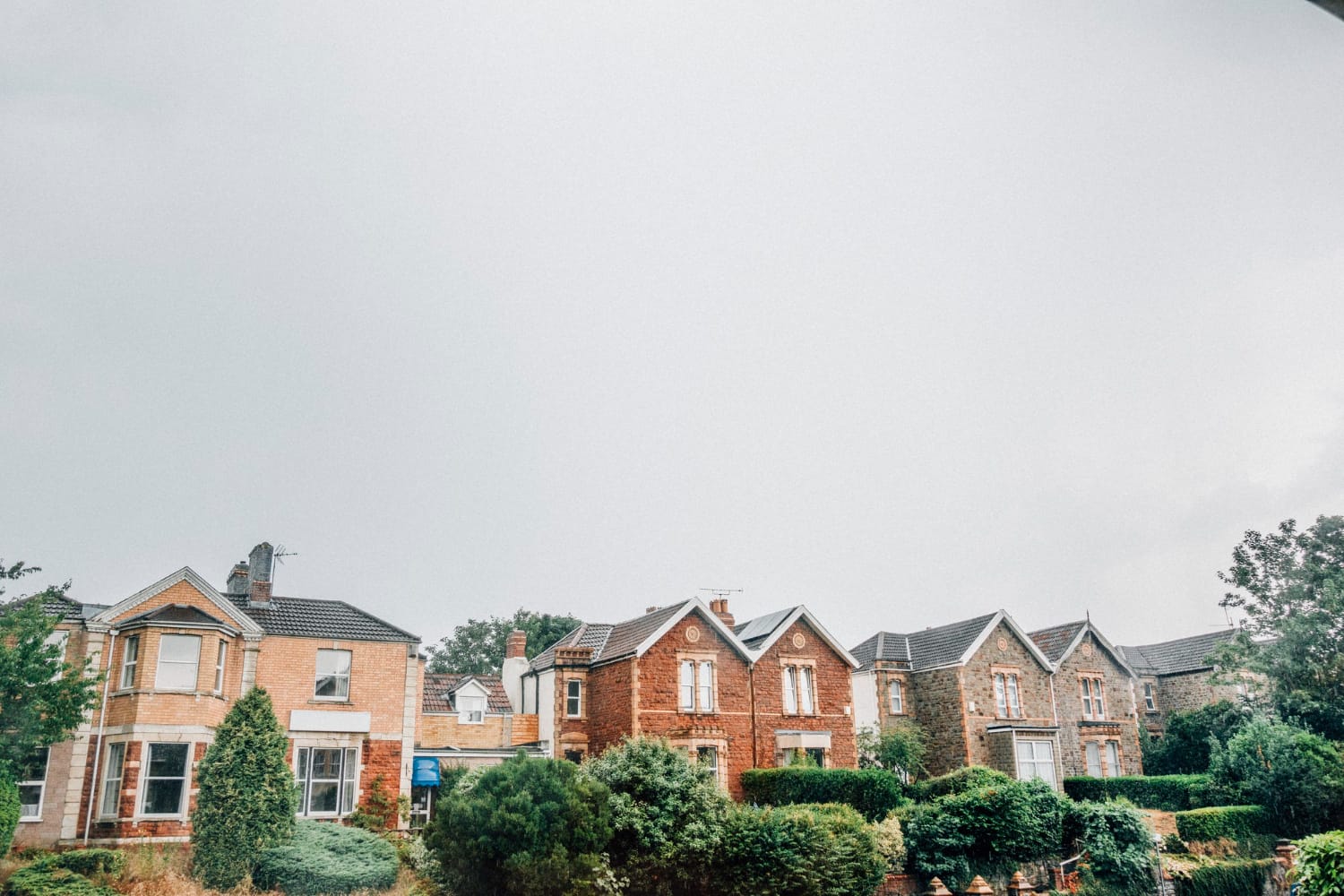sbestos exposure at home is a serious concern, especially in older properties built before the year 2000. While asbestos remains a hidden danger in many homes across the UK, understanding the risks and knowing how to claim compensation if you’ve been exposed is crucial. This article provides a comprehensive guide to asbestos exposure in the home, outlining the potential health risks and explaining the process of making a personal injury claim with National Claims.
The Hidden Threat of Asbestos in Your Home
Asbestos, a naturally occurring fibrous mineral, was once a popular building material due to its strength, heat resistance, and affordability. It was widely used in various construction applications until its ban in 1999. However, homes built before this date may still contain asbestos-containing materials (ACMs).
These materials pose no immediate danger if they remain undisturbed and in good condition. The risk arises when these materials are damaged or disturbed, releasing microscopic asbestos fibres into the air. Inhaling these fibres can lead to severe health conditions, including asbestosis, lung cancer, and mesothelioma, a rare and aggressive cancer affecting the lining of the lungs.
Identifying Potential Asbestos-Containing Materials in Your Home
Asbestos can be found in various locations within a home, often hidden within walls, floors, and ceilings. Common asbestos-containing materials include:
- Insulation: Asbestos was frequently used as insulation for pipes, boilers, and loft spaces.
- Ceiling tiles: Many older ceiling tiles contain asbestos.
- Floor tiles: Vinyl and thermoplastic floor tiles often contained asbestos.
- Textured coatings: Artex, a popular textured coating used on ceilings and walls, may contain asbestos.
- Roofing materials: Asbestos cement was commonly used for roofing sheets and tiles.
It’s important to remember that asbestos is often mixed with other materials, making it difficult to identify visually. If you suspect asbestos is present in your home, it’s crucial to seek professional advice.
Health Risks Associated with Asbestos Exposure
The health risks of asbestos exposure are significant and often manifest decades after the initial exposure. This latency period makes it challenging to link health issues directly to asbestos exposure. Common asbestos-related diseases include:
- Asbestosis: A chronic lung condition caused by scarring of the lung tissue, leading to shortness of breath and chest pain.
- Lung cancer: Asbestos exposure significantly increases the risk of developing lung cancer, especially in smokers.
- Mesothelioma: A rare and aggressive cancer affecting the lining of the lungs, abdomen, or heart. Mesothelioma has a long latency period and is almost exclusively caused by asbestos exposure.
- Pleural thickening: A non-cancerous condition causing thickening of the lining of the lungs, leading to breathing difficulties.
If you experience any respiratory symptoms and suspect you may have been exposed to asbestos, it’s crucial to consult your doctor immediately.
Minimising the Risk of Asbestos Exposure at Home
While the presence of asbestos in your home can be concerning, there are ways to minimise the risk of exposure:
- Avoid DIY work: If you suspect asbestos-containing materials are present, avoid any DIY work that could disturb them.
- Hire licensed professionals: For any renovation or demolition work, always hire licensed asbestos removal contractors. They have the necessary training and equipment to handle asbestos safely.
- Regular inspections: If you live in an older property, consider having a professional asbestos survey to identify any potential risks.
- Maintain good ventilation: Ensure adequate ventilation when working in areas that may contain asbestos.
Remember, the key to minimising asbestos exposure is to leave asbestos-containing materials undisturbed and seek professional help when necessary.
Who Can Make an Asbestos-Related Claim?
If you’ve been diagnosed with an asbestos-related disease, you may be entitled to compensation. You can make a claim if you were exposed to asbestos:
- At work: Many occupations involved working with asbestos, including construction, shipbuilding, and manufacturing.
- At home: Exposure can occur during DIY work or if asbestos-containing materials in your home are disturbed.
- Through a family member: You may be able to claim if you were exposed to asbestos fibres brought home on a family member’s clothing.
- In a public building: Exposure can occur in schools, hospitals, and other public buildings containing asbestos.
It’s important to remember that asbestos-related diseases often have a long latency period. Even if your exposure occurred many years ago, you may still be eligible to claim
Making a Housing Disrepair Claim with National Claims
At National Claims, we recognise the profound impact that living in a state of disrepair can have on your physical and mental well-being. Whether you’ve been affected by persistent dampness and mould, endured the discomfort of a faulty heating system, or suffered due to structural deficiencies in your home, we believe you shouldn’t have to suffer in silence.
We recognise that every housing disrepair case is unique, and we’re here to offer you a free, no-obligation consultation to discuss your specific situation. During this consultation, we’ll listen attentively to your experience, carefully review any evidence you have, and assess the potential strength of your claim. Our team will then connect you with a solicitor from our panel who specialises in housing disrepair claims, ensuring that you receive the expert legal representation needed to navigate the complexities of your case and pursue the compensation you are entitled to.
*Customers pay up to 25% (incl. VAT) of the amount recovered towards solicitor costs and if you cancel outside your cooling off period, you may be charged a fee.
Contact us today to speak to one of our claims agents who will be able to help you get started on your claim.
Click below to see why we are one of the most trusted claims management companies in the UK.

We’re proud of our excellent customer reviews
We thrive on delivering exceptional service and ensuring our clients’ satisfaction. Don’t just take our word for it. Check out some of our independent reviews to see what our clients have to say.
Excellent

This firm is excellent, they sorted out my car pay out and injury claim very fast, they always communicate with you all the time.

My accident case was dealt with confidence and with great result of the outcome, especially James kept me informed all the time.

I was very impressed at the way my inquiry was treated. I was listened to attentively and everything I needed to know was explained to me.






